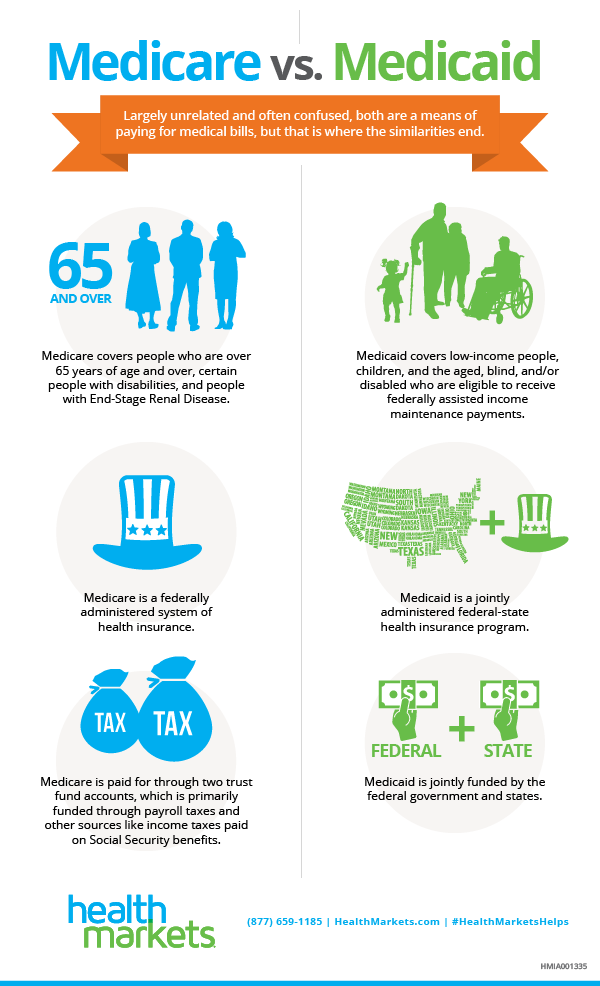

Part A covers hospital, skilled nursing, and hospice services. Medicare is divided into four Parts: A, B, C and D. These additional costs can include but are not limited to Medicare Part A, B and D deductibles and Part B and C co-pays the costs of long-term custodial care (which Medicare does not consider health care) the cost of annual physical exams (for those not on Part C health plans almost all of which include physicals) and the costs related to basic Medicare's lifetime and per-incident limits. No matter which of those supplemental options the beneficiaries choose - private insurance or public health plans - to make up for the shortfall of what Medicare covers (or if they choose to do nothing), beneficiaries also have other healthcare-related costs. Households that retired in 2013 paid only 13 to 41 percent of the benefit dollars they are expected to receive. Treasury and the rest primarily from the Part A Trust Fund (which is funded by payroll taxes) and premiums paid by beneficiaries. In 2022, spending by the Medicare Trustees topped $900 billion per the Trustees report Table II.B.1, of which $423 billion came from the U.S. Enrollees almost always cover most of the remaining costs by taking additional private insurance and/or by joining a public Medicare Part C and/or Medicare Part D health plan. According to annual Medicare Trustees reports and research by Congress' MedPAC group, Medicare covers about half of healthcare expenses of those enrolled. In 2022, according to the 2023 Medicare Trustees Report, Medicare provided health insurance for 65.0 million individuals-more than 57 million people aged 65 and older and about 8 million younger people. It primarily provides health insurance for Americans aged 65 and older, but also for some younger people with disability status as determined by the SSA, including people with end stage renal disease and amyotrophic lateral sclerosis (ALS or Lou Gehrig's disease). Medicare is a government national health insurance program in the United States, begun in 1965 under the Social Security Administration (SSA) and now administered by the Centers for Medicare and Medicaid Services (CMS). The tool is only available for certified nursing homes that have received 3 standard surveys since January 1, 1996.Centers for Medicare and Medicaid Services logo.When viewing a home's report, click on the Scope and Severity link, then the Scoring Methodology link to see how scores are calculated. The home's score is adjusted to reflect the Scope and Severity ratings of all deficiencies cited.New homes that have not experienced 3 surveys are not included.A new report is generated after each new survey or after an investigation which finds deficiencies in the key requirements.Consumers can use these reports to compare a nursing home's performance to the performance of other nursing homes.Investigations not resulting in a deficiency citation are not reflected in the tool however that information is available from the Division's Public Information Unit Deficiencies which were cited as a result of complaint or serious incident investigations conducted since Januor within 1 year of the most recent standard survey, whichever is later are included in the scoring.

The tool reports the number of requirements in each category that are in compliance and reports a total overall performance.The tool evaluates 132 items that have been reviewed during the last 3 standard surveys (44 selected items on each survey).Consumers can evaluate and compare facilities in five categories of:.The tool uses existing data collected through the Division's surveys.The tool has been developed to aid consumers in their choice of a nursing home.


 0 kommentar(er)
0 kommentar(er)
